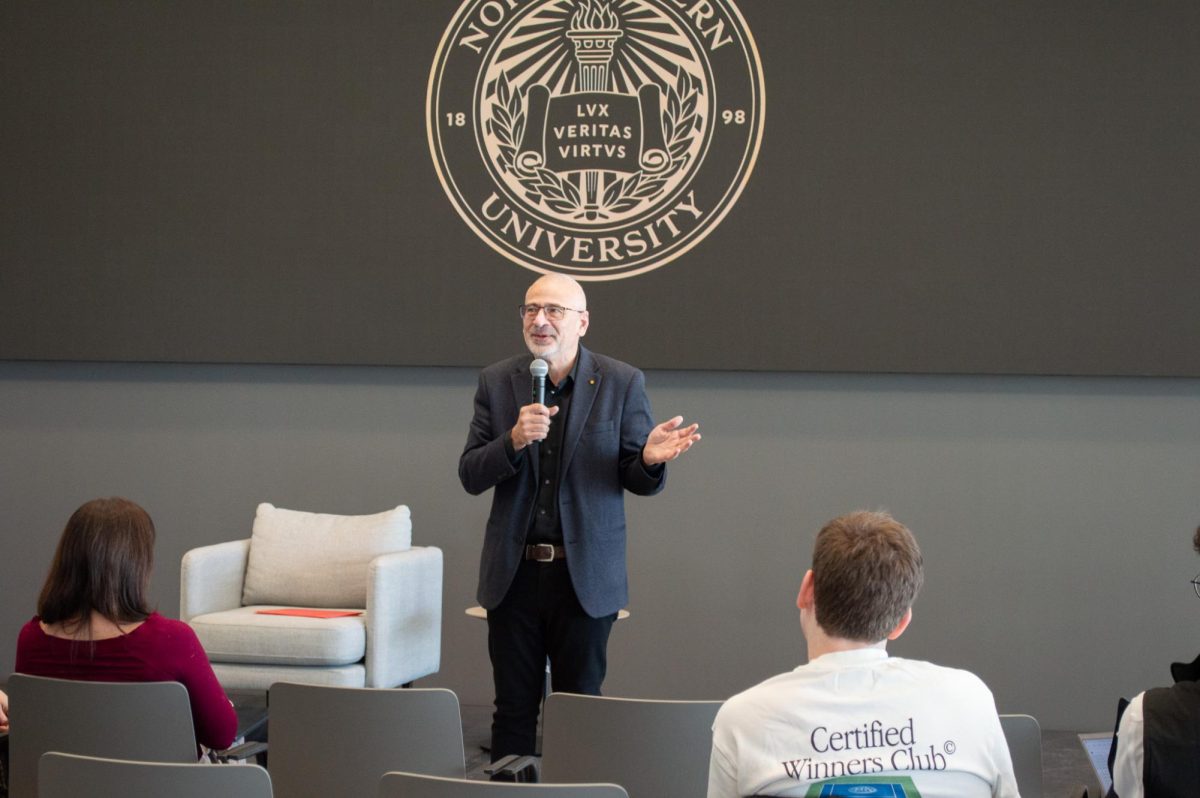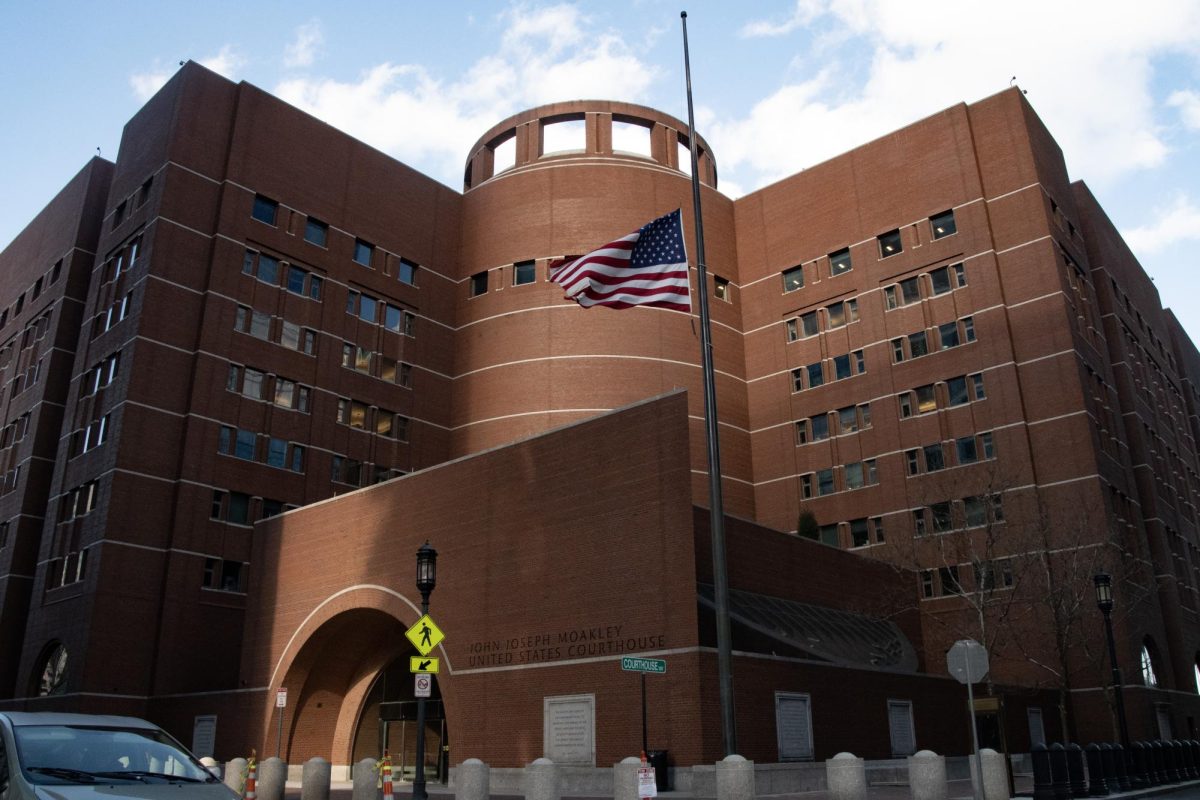By Elyse Merlo and Bobby Hankinson
Since the early ’90s, handicapped accessibility and the availability of resources for disabled students has been a growing issue on college campuses across the country. Presently, however, Northeastern is not only up to federal standards, but exceeds them in many ways.
The Northeastern News took out a wheelchair to learn first-hand how accommodating Northeastern is to those who rely on ramps and elevators to navigate campus.
The News discovered that the tunnel system is a good resource for handicapped students looking to move from one academic building to another. They are tiled with no stairs and strategically placed elevators leading to buildings.
They are well lit, but may be confusing at first. Northeastern addresses this issue and attempts to acclimate their incoming students with disabilities by holding a special orientation. Jan Anderson, the associate director of the Disability Resource Center, said the orientation is necessary for handicapped students to “learn the lay of the land.”
Access ramps are available for nearly all buildings where street level entry is not an option. The recent addition of a ramp making Richards and Hayden Halls accessible has been praised by Anderson, as well as Student Government Association President Michael Romano. He said the ramp was a “necessary improvement.”
A few ramps were not conveniently placed, but in all instances ramps were present.
Anderson, who uses a wheelchair herself, said of her 17-year career at Northeastern, “I have seen Northeastern go from a campus somewhat accessible to one that is almost fully accessible.”
Anderson cited Section 504 of the Rehabilitation Act of 1973 which states that, “No qualified individual with a disability in the United States shall be excluded from, denied the benefits of or be subjected to discrimination under any program or activity that receives federal financial assistance.”
To remain in compliance with Section 504, Northeastern arranges for all handicapped students to be able to request a change in location for any meetings they may have in a building that is difficult for them to access.
While most residence halls are accessible, there are some, like Kennedy Hall on Hemenway Street, that did not require ramps at the time of construction.
The Americans with Disabilities Act specifies that all new building must be in accordance with federal standards. Old buildings, however, only need to be updated when retrofitted or remodeled.
Kennedy’s lack of wheelchair access is not a problem for handicapped honor students because the university sets aside space in West Village C, which was built recently, and therefore is up to federal standards.
After spending time at other campuses, Romano said, “Northeastern has a much higher level of commitment to wheel chair accessibility than many of its peer institutions.”









